Is Tallinn worth visiting? Definitely!
I recently spent a couple of days in the gorgeous Estonian capital, and think it’s undoubtedly worth a visit.
History and culture are abundant here, with plenty to do for all travel styles.
Let’s look at Tallinn’s draws and why I think it’s worth a visit – whether you’re looking for a new city break destination or are on a wider Baltics trip.
Is Tallinn worth visiting?
Tallinn is undoubtedly worth visiting.
The stunning old town is one of the best in Europe, and its unique culture – a fusion of Nordic and Eastern European – is fascinating.
There’s plenty of history (and it’s easy to learn about on guided walking tours and in the city’s excellent museums), a fair few decent restaurants and a scenic coastline too.
It is more expensive than other Baltic and Eastern European capitals, and it can get busy due to being on a cruise ship route. Plus, the cold here in winter is no joke!
However, I’d recommend any keen traveller to visit Tallinn. Let’s dig into why!
Reasons to visit Tallinn
Here are my top reasons why you should take a trip to Tallinn!
1. The UNESCO Old Town is one of Europe’s best

There’s no doubt that Tallinn’s UNESCO-rated Old City is one of the best reasons to visit this capital.
It’s remarkably well-preserved; as you meander through its cobblestone streets, you’re treading the same paths as medieval merchants and knights.
The Town Hall Square, the vibrant heart of this historic district, has been a bustling marketplace since the 11th century.
Nearby, the imposing St. Olaf’s Church stands as a testament to the city’s medieval might – it was once the tallest building in the world!
Every corner of the Old City whispers stories of ancient times, with its Gothic architecture serving as a backdrop to a city that has seen empires rise and fall.
I’d recommend taking Tallinn in a Nutshell walking tour (tips-based) to explore the Old City and its history!
2. There are plenty of attractions and museums
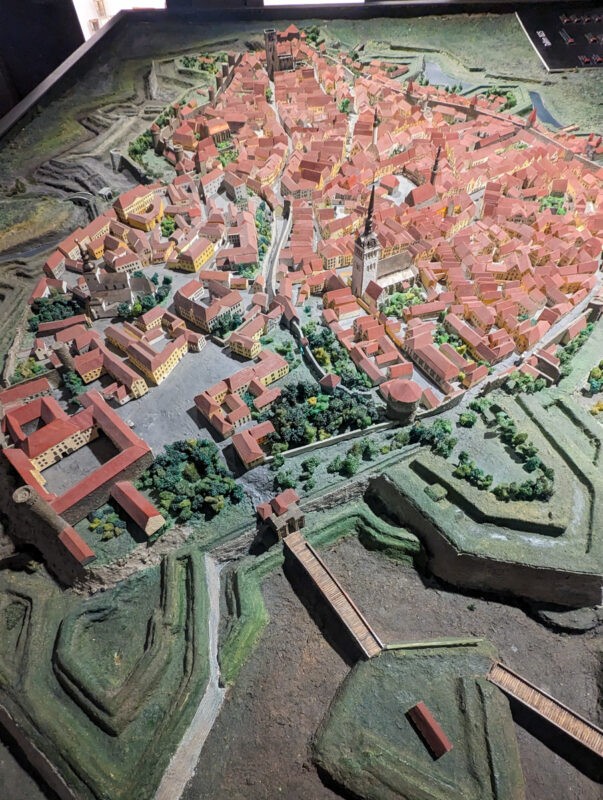
While a huge part of the charm of Tallinn is just walking around and soaking in the Old Town’s atmosphere, there are also oodles of attractions and museums to explore while you’re here!
Each of these goes into different aspects of the city’s and country’s history.
Some of the best attractions in Tallinn include:
- Toompea Castle: Situated on a hill, this castle is a significant symbol of the government and history of Estonia. The current building houses the Estonian Parliament.
- Kadriorg Palace: A stunning example of Baroque architecture, housing the Kadriorg Art Museum, which displays foreign art from the 16th to 20th centuries.
- Kumu Art Museum: Estonia’s largest and most cutting-edge art museum, showcasing Estonian art from the 18th century onwards, including contemporary pieces.
- Lennusadam (Seaplane Harbour) Museum: This maritime museum is housed in an architecturally unique seaplane hangar and offers exhibits on naval history, including a submarine tour.
- Tallinn TV Tower: The tallest building in Estonia, offering panoramic views of the city. It also features exhibits on the tower’s history and Estonian television.
- Estonian Open Air Museum: Experience traditional Estonian village life in this open-air museum, with reconstructed farms, windmills, and other rural buildings.
- St. Olaf’s Church: Once the tallest building in the world, this church offers a climb to its tower for spectacular city views.
- Estonian History Museum – Great Guild Hall: Located in the heart of the Old Town, this museum tells the story of Estonia’s history through interactive exhibits.
- Tallinn City Museum: Provides a detailed look into the history of Tallinn, from its founding to the present day, located in a 14th-century merchant’s house.
- Vambu Museums: These tell the story of Estonia’s history during the Soviet and Nazi occupations, providing insight into the impact on the country and its people. They consist of the Occupation Museum and the KGB Prison Cells.
3. Many neighbourhoods with their own distinct vibe
While Tallinn’s Old Town is easily the most charming and popular area of the city, there are some beautiful other neighbourhoods to explore here too.
One is Kalamaja, which is known as “Tallinn Creative City” and is famous for being where many of Estonia’s start-ups (the nation has a huge start-up scene) are headquartered.
It’s also where you’ll find Balti Jaam, a huge market area with street food stalls and pop-up restaurants. There’s a huge focus on food from other Eastern Europe and USSR countries, but also restaurants from all four corners of the globe.
Telliskivi is part of Kalamaja, and here you’ll find art galleries, street art and quirky shops. It’s worth spending a bit of time in this part of Tallinn.
There’s also Rotermann Quarter, a hip, modern district between the town and the port and home to many bars and restaurants.
4. The Christmas Market is one of the best in Europe
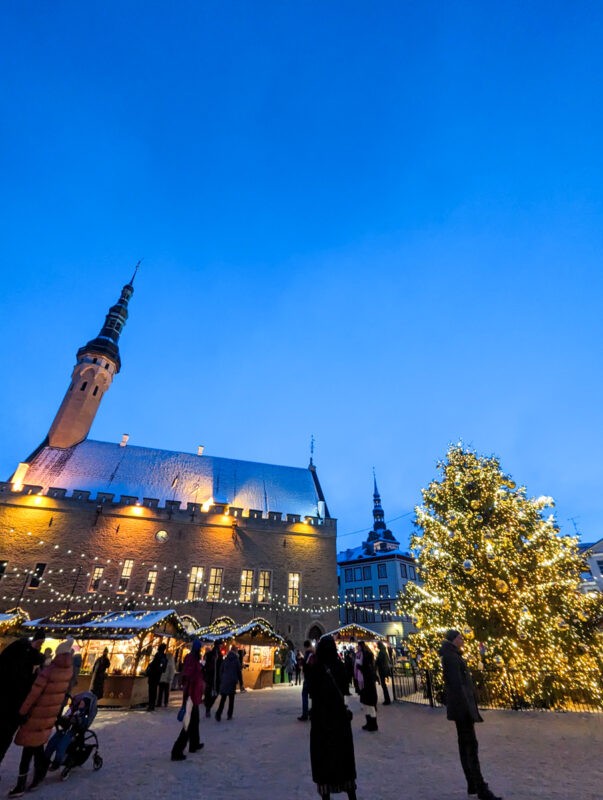
Tallinn’s Christmas Market is widely regarded to be one of the best in Europe – (although I actually preferred Riga’s).
Taking place in Town Hall Square, the cabins sell delicious local food, mulled drinks of various varieties (I had a mulled Aperol as well as the traditional mulled wine!) and local gifts – I bought my partner some thick woollen socks.
The bright white snow of the square is lit up by the soft festive lighting and gentle Christmas music plays through the speakers.
While I do find all of the Baltic countries magical during the Christmas period, there was something that little bit special about Riga Christmas Market – but the festive vibes are still very strong in Tallinn!
5. There’s an incredible tech scene

One of the most interesting things about Estonia is that it’s one of the most technologically advanced countries – if not in Europe, then the world.
“The 1990s were a bit of a wild time in Tallinn” my guide Kätlin told me. “There was a lot of corruption and lawlessness. But it all started to change at the turn of the century for two reasons”.
“One was tourism – we had our first cruise ships here. The other was tech. Estonia was quick to embrace start-up culture and many tech companies have been founded here”.
The most famous companies to come out of Estonia are Skype, Bolt and Transferwise (now Wise), along with countless others.
In Estonia, you can easily vote online (it’s much more common to do so than in person) and pretty much everywhere accepts card payments.
The WiFi is excellent everywhere and logistics function seamlessly.
This makes travel in Tallinn hassle-free, and it’s also compelling if you’re a digital nomad or remote worker who might need internet while you’re there.
I used the internet in my capsule pod hostel to upload a few YouTube videos and the speed was as good as at home when I’m sitting right next to my router!
(Estonia also has digital nomad visas, which could be worth looking into if you are interested in locating there!).
6. It’s easy to travel around

It’s very easy to travel around Tallinn and all of Estonia.
People speak excellent English, it’s incredibly safe (as are Riga and Vilnius) and its high-tech nature means that everything runs seamlessly.
Whenever I needed a Bolt taxi (which is an Estonian company) it was there within minutes, I used Google Pay to pay for absolutely everything and I could purchase tram tickets online.
Here’s how I dealt with an issue I faced when in Estonia
I ran into a spot of bother at the Christmas market; my phone unexpectedly ran out of battery, I’m guessing due to the cold, and I’d forgotten my power bank.
The issue was I didn’t know how to get to my accommodation, which wasn’t in the city centre, without my phone!
But it was easily resolved by finding the tourist information office (signs pointed me in the right direction, and I could also have asked somebody if I was really stuck) and the lady working there found my address, wrote it down for me and gave me a map with instructions on how to take the tram back.
The trams were also very easy to use, and I found my accommodation without a hitch!
It just goes to show that even though things can go wrong when you travel, there’s nearly always a workaround.
7. Experience Nordic culture on more of a budget
In many ways, Estonia is a Nordic country. In fact, it’s often considered to be Nordic as well as (or even instead of) Baltic!
But one of the best things about visiting Tallinn – or anywhere in Estonia – is that it feels quite Nordic, without the hefty price tag!
Estonia’s more expensive than other Baltic countries, but it’s still a lot cheaper than Finland, which it has much in common with (including language and customs).
8. It’s a great side trip from Helsinki
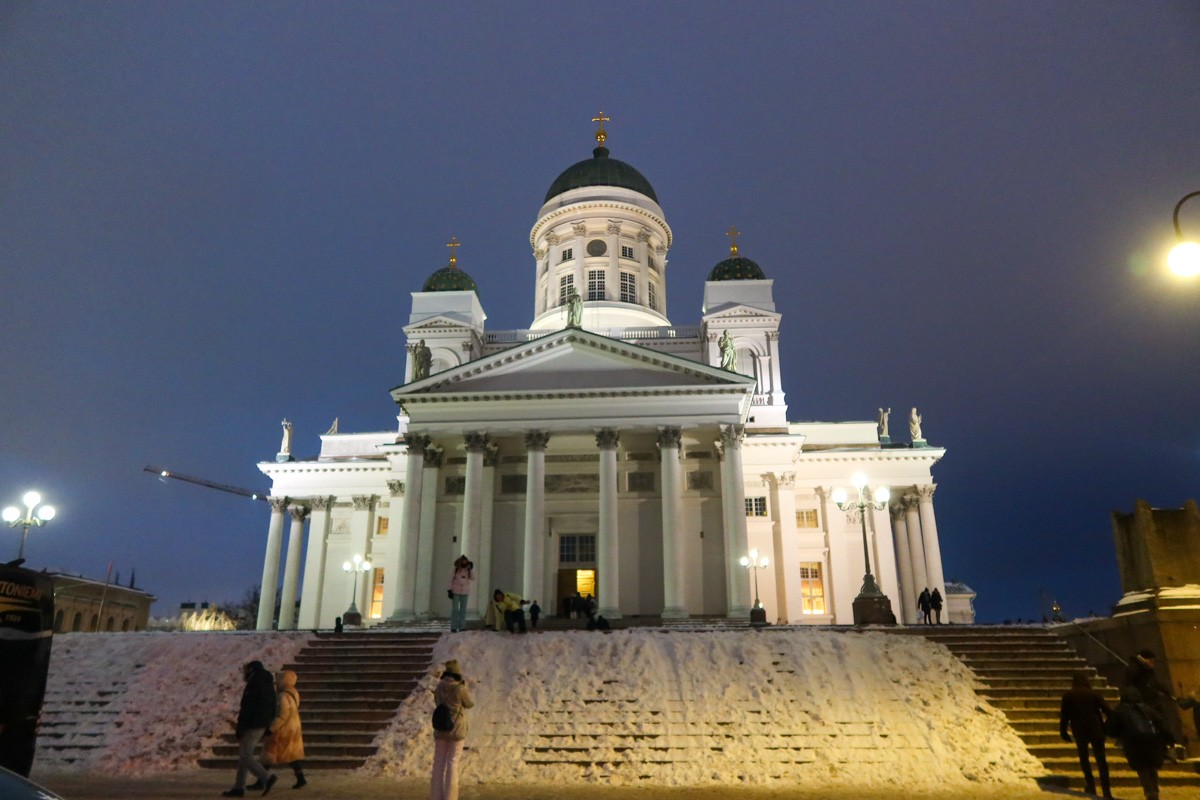
If you’re visiting Helsinki in Finland, it’s worth hopping on a ferry and seeing Tallinn on the same trip!
The boat takes around two hours – so it’s feasible to do on a day trip – and it’s incredibly spacious and comfortable.
You can see the highlights of Tallinn in one day (although you could always use longer, of course!).
And of course, if you’re visiting Tallinn, consider a side trip to Helsinki and see two cities in one. You can also see the highlights of Helsinki in just one day.
Do book your ferry tickets in advance; even in the off-season, the ferries do get busy because commuters use them.
You can book a ferry from Helsinki to Tallinn here or a ferry from Tallinn to Helsinki here.
Considerations for visiting Tallinn
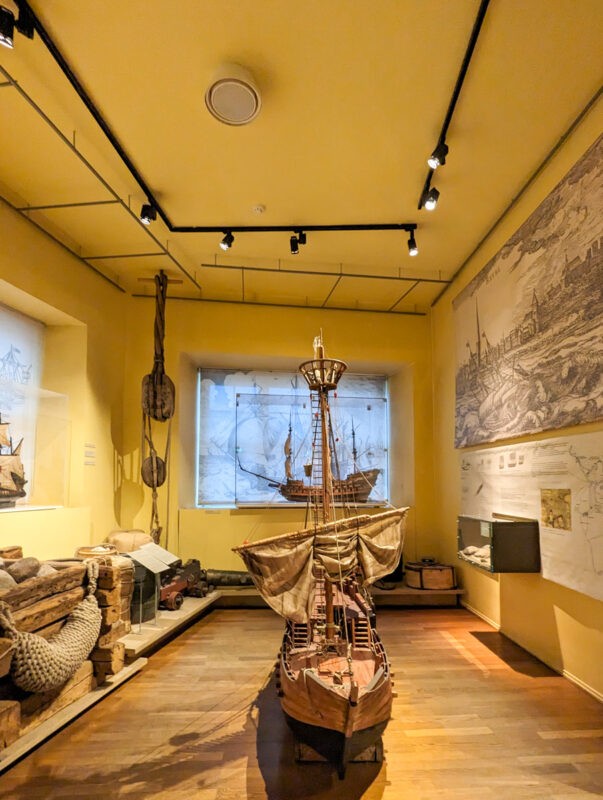
Here are some things to think about before booking your trip to Tallinn!
It’s more expensive than other Baltic/ Eastern European capitals
I still wouldn’t classify Tallinn as expensive, but it’s definitely pricier than Latvia, Lithuania and most countries in Eastern Europe.
Nothing wrong with this, of course – it’s great if it means locals are being paid more – but it’s useful to be aware of before travelling here.
Check out my full guide to the cost of travel in Estonia for more information!
In the winter, it can be very cold

I recently posted a couple of TikToks about the cold weather when I was in Estonia.
I’ve had many locals laughing at me since, saying that that’s nothing and they don’t register cold until it’s -25°C or lower!
But I’m pretty adamant that for us Brits and people from countries with a similar climate (or warmer!) -13°C feels very cold especially when it’s paired with bracing Arctic wind!
So, if you’re visiting Estonia in the winter season, do be prepared for it to be cold – pack lots of layers. And if you’re going to post on TikTok about it, be prepared for lots of “it’s not that cold!” comments if it’s any more than -20°C!
It’s more touristy than Riga and Vilnius
This consideration depends on what exactly you’re looking for, but I think it’s worth noting that Tallinn is the most touristy Baltic city of the three.
This doesn’t mean it’s jam-packed – it can get busy in the summer season (when the cruise ships are docked) but my guide told me that there are plenty of times of year when it’s not too busy.
But I did notice, even over the Christmas period, that it did feel quite a bit more touristy than the other two Baltic capitals. However, it was still nowhere near as touristy as places like Prague or Budapest.
Some areas aren’t very accessible
Tallinn’s old town has lots of stairs and cobblestone roads – which aren’t great for travellers with mobility requirements.
There definitely are accessible attractions – take a look at this list for some inspiration – but getting around the city might require a bit of extra planning.
Not many kid-friendly attractions
Like the other Baltic capitals, there aren’t many kid-centric attractions. Older kids will love the aesthetics, history and culture, but younger kids may get bored.
Who would love a trip to Tallinn?
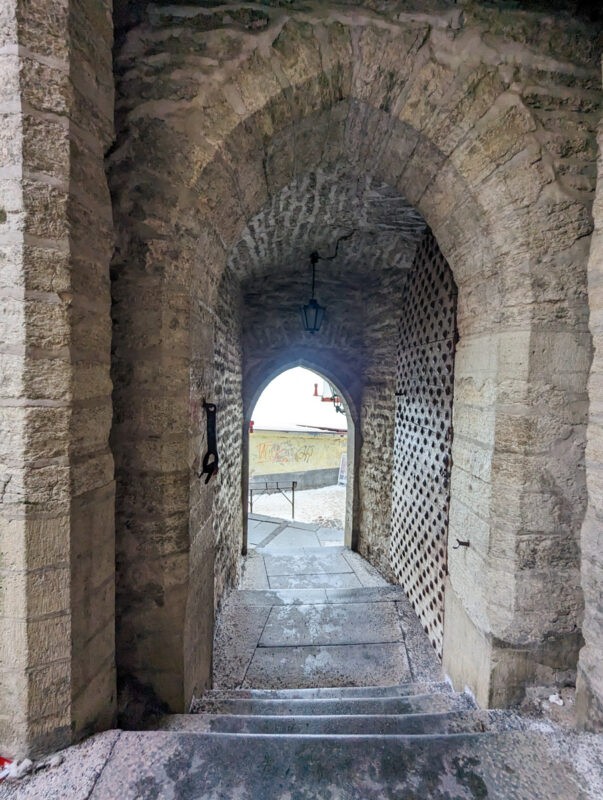
So, who would a trip to Tallinn be perfect for?
- City breakers: It’s an ideal well-rounded city break, with lots on offer.
- History fans: There’s plenty of history here, with lots of museums and historical sites.
- Digital nomads: The WiFi speeds are excellent and it’s a tech hub.
- Families with older kids: Older kids who like seeing historical sites and enjoy culture will enjoy Tallinn.
- Couples: The Old Town can be very romantic!
- Solo travellers: It’s busy enough that you’ll be able to meet people (if you want to)
So, is Tallinn worth a visit?
Absolutely!
I can see why Tallinn is the most visited city in the Baltics (although Vilnius was my personal favourite).
It’s stunning, there’s lots to do, and it’s a very easy, safe place to travel.
If you want to do more research into Tallinn, take a look at my YouTube video!

